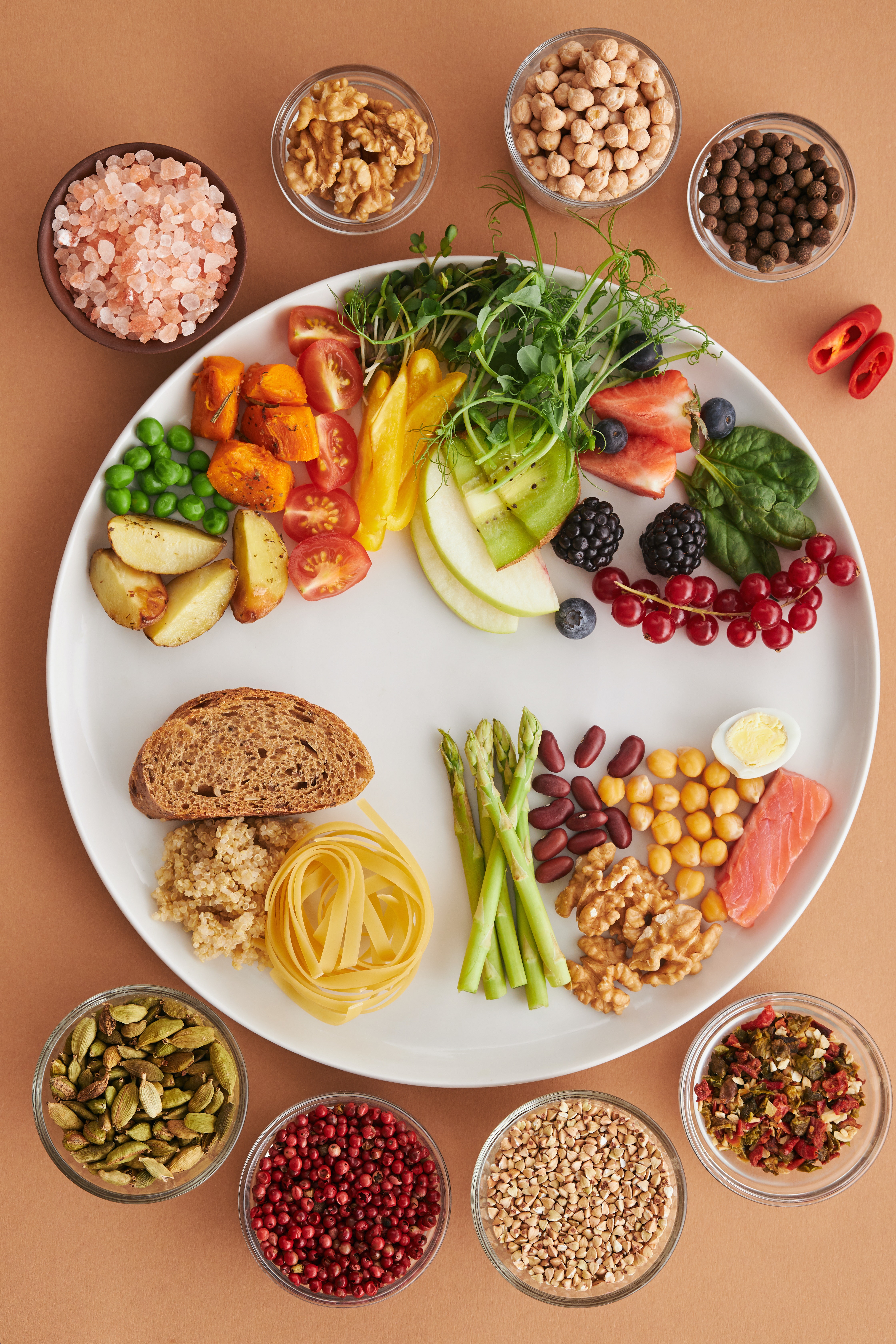Consuming a healthy diet throughout the life course helps to prevent malnutrition in all its forms as well as a range of non-communicable diseases (NCDs) and conditions.
However, increased production of processed foods, rapid urbanization, and changing lifestyles have led to a shift in dietary patterns. People are now consuming more foods high in energy, fats, free sugars, and salt/sodium, and many people do not eat enough fruit, vegetables, and other dietary fiber such as whole grains.
Key Facts
- A healthy diet helps to protect against malnutrition in all its forms, including diabetes, heart disease, stroke, and cancer.
- An unhealthy diet and lack of physical activity are leading global risks to health.
- Healthy dietary practices start early in life. Breastfeeding fosters healthy growth and improves cognitive development, and may have longer-term health benefits such as reducing the risk of becoming overweight or obese later in life.
- Energy intake (calories) should be in balance with energy expenditure. To avoid unhealthy weight gain, total fat should not exceed 30% of total energy intake. Intake of saturated fats should be less than 10% of total energy intake and intake of trans-fats less than 1% of total energy intake.
- Limiting the intake of free sugars to less than 10% of total energy intake is part of a healthy diet. A further reduction to less than 5% of total energy intake is suggested for additional health benefits.
- Keeping salt intake to less than 5 g per day (equivalent to sodium intake of less than 2 g per day) helps to prevent hypertension, and reduces the risk of heart disease and stroke in the adult population.
Healthy Diet Based on Key Facts
The exact makeup of a diversified, balanced, and healthy diet will vary depending on individual characteristics (e.g. age, gender, lifestyle, and degree of physical activity), cultural context, locally available foods, and dietary customs. However, the basic principles of what constitutes a healthy diet remain the same. Based on the Key Facts, we’ll describe the healthy diet principles for adults.
 Basic Principles
Basic Principles
- Fruit, vegetables, legumes such as lentils and beans, nuts, and whole grains such as unprocessed maize, millet, oats, wheat, and brown rice.
- At least 400 g (i.e. five portions) of fruit and vegetables per day, excluding potatoes, sweet potatoes, cassava, and other starchy roots.
- Less than 10% of total energy intake from free sugars, which is equivalent to 50 g (or about 12 level teaspoons) for a person of healthy body weight consuming about 2000 calories per day, but ideally is less than 5% of total energy intake for additional health benefits. Free sugars are all sugars added to foods or drinks by the manufacturer, cook, or consumer, as well as sugars naturally present in honey, syrups, fruit juices, and fruit juice concentrates.
- Less than 30% of total energy intake is from fats. Unsaturated fats (found in fish, avocado, and nuts, and in sunflower, soybean, canola, and olive oil) are preferable to saturated fats (found in fatty meat, butter, palm and coconut oil, cream, cheese, ghee, and lard) and trans-fats of all kinds, including both industrially-produced trans-fats (found in baked and fried foods, and pre-packaged snacks and foods, such as frozen pizza, pies, cookies, biscuits, wafers, and cooking oils and spreads) and ruminant trans-fats (found in meat and dairy foods from ruminant animals, such as cows, sheep, goats, and camels). It is suggested that the intake of saturated fats be reduced to less than 10% of total energy intake and trans-fats to less than 1% of total energy intake. In particular, industrially-produced trans-fats are not part of a healthy diet and should be avoided.
- Less than 5 g of salt (equivalent to about one teaspoon) per day. Salt should be iodized.
Practical Tips
Improve Fruit and Vegetable intake
Eating at least 400 g, or five portions, of fruit and vegetables per day reduces the risk of NCDs and helps to ensure an adequate daily intake of dietary fiber.
- Always include vegetables in meals
- Eat fresh fruit and raw vegetables as snacks
- Eat fresh fruit and vegetables that are in season
- Eat a variety of fruit and vegetables
 Conscious Fat intake
Conscious Fat intake
Reducing the amount of total fat intake to less than 30% of total energy intake helps to prevent unhealthy weight gain in the adult population, and to lower the risk of developing NCDs.
- Steaming or boiling instead of frying when cooking
- Replace saturated and trans-fats with (poly)unsaturated fats. Cook with olive oil, avocado oil, safflower, and sunflower oils.
- Eat lean meats or skinless poultry, or trim visible fat from meat
- Limit the consumption of baked and fried foods and pre-packaged snacks and foods (e.g. doughnuts, cakes, pies, cookies, biscuits, and wafers) that contain industrially-produced trans-fats.
 Salt, sodium, and potassium
Salt, sodium, and potassium
Most people consume too much sodium through salt and not enough potassium. This can contribute to high blood pressure, which in turn increases the risk of heart disease and stroke.
- limit the amount of salt and high-sodium condiments when preparing foods
- not have salt or high-sodium sauces on the table
- limit the consumption of processed foods and salty snacks
- choose products with lower sodium content (check nutrition labels)
Potassium can mitigate the negative effects of elevated sodium consumption on blood pressure. Intake of potassium can be increased by consuming fresh fruit and vegetables.
 Reduce Sugars
Reduce Sugars
The intake of free sugars (added sugar) should at least be reduced to less than 10% and preferably to 5% of total energy intake would provide additional health benefits.
Consuming free sugars increases the risk of tooth decay. It also contributes to unhealthy weight gain, which can lead to overweight and obesity, and it increases the risk of cardiovascular diseases.
- limit the consumption of foods and drinks containing high amounts of sugars, such as sugary snacks, candies, and sugar-sweetened beverages (read the labels)
- eat fresh fruit and raw vegetables as snacks instead of sugary snacks.

